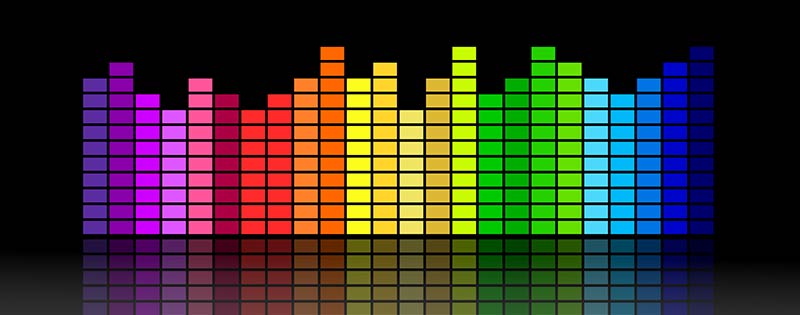by Brent Hearn •
It’s late at night, and you’re exhausted from a long day. The one thing you desperately want right now also happens to be the one thing that’s eluding you: some sweet, sweet, shuteye. Instead, you can’t stop thinking about that one dumb thing you said at summer camp when you were seven. You have to be up in less than three hours, and you just…want…to sleep.
It’s Friday afternoon, and you still have two hours before quitting time. You’re in your office crunching numbers, processing words, fielding calls, or whatever else you do to bring home the bacon. You didn’t sleep great the night before, and your post-lunch coffee may as well have been two weeks ago. You’re already fighting a ferocious case of the sleepies when you hear a peal of thunder and a steady rain begins to beat against the office windows. You groan inwardly, dig your fingernails into your palms, and fight to stay awake.
If you’ve ever found yourself in either of these situations—and many of us have, sometimes within the same 24-hour period—you know how demoralizing it can be to fight the good fight for sleep when you need it or against it when you desperately need to avoid it.
In the first scenario, you might have benefited from the very thing plaguing you in the second one: pink noise. You’ve likely heard the term “white noise” before, but there are other “sonic hues”—like pink noise and brown noise—that you might not be as familiar with. Let’s talk a little about the differences.
White Noise
Also called broadband noise, white noise contains an equal sound distribution across all frequencies. It can have a staticky property; white noise sounds include those made by fans, air conditioners, vacuums, heavy rain, and waterfalls.
Pink Noise
Pink noise emphasizes more of the lower frequencies; steady rain, the rise and fall of the tide, heartbeats, and the rustling of leaves are all forms of pink noise. It’s a popular line of study for researchers aiming to improve memory during sleep.
Brown Noise
Brown noise—sometimes called red noise—has an even deeper bass component and includes sounds like strong winds, a rushing river, and the pounding of the surf. Its name also has some extra scientific cred: it comes from Robert Brown, the Scottish botanist who discovered Brownian motion. Brown came up with a formula for predicting the motion of particles in water; when this formula is used to generate electronic sound, brown noise is the bass-heavy result.
But Can All These Colorful Sounds Help You Sleep?
Though there have been studies on the efficacy of using different types of sound as sleep aids, the body of research is still fairly sparse. Too many of the studies have used small sample sizes and/or don’t have enough diversity among their participants.
There are other considerations as well. Since your brain is constantly analyzing the sounds it perceives, could constant noise be interfering with all the other work that’s required of it—repairing the body, boosting the immune system, and memory consolidation—while you sleep?
Though there’s still a lot of research to be done, one thing is clear: having the volume too loud on whatever sound machine or app you choose can cause hearing damage. According to the Centers for Disease Control and Prevention, “Noise above 70 dB over a prolonged period of time may start to damage your hearing.”
It might be that a particular sound hue works well for some and not at all for others. What’s important is if they work for you, and nothing is stopping you from doing a research study with a sample size of one. There are videos, apps, and sound files galore freely or cheaply available, so why not try all three of these “sound colors” (not at once, mind you), and see if you can find one that enhances your slumber?
Sources:
You Know White Noise, But What’s Pink Noise and Brown Noise?
What Is Pink Noise and How Does It Compare with Other Sonic Hues?
White noise (and pink and brown): The science behind the sounds
Why Brown Noise Is The Sleep-Enhancing Sound You Should Know About
Everything you need to know about pink noise, white noise, and sonic hues
White Noise, Pink Noise, and Brown Noise: What’s the Difference?









 ▶︎
▶︎  Why is the Discount Challenge prize amount $15,024? Because that is the average “per-occurrence” fine for Medicare inducements. That’s not $15,024 per patient, that’s not per provider, that’s PER VISIT. Stinks, doesn’t it? To us, the prize amount is worth the investment if we can help our profession better understand proper discounting.
Why is the Discount Challenge prize amount $15,024? Because that is the average “per-occurrence” fine for Medicare inducements. That’s not $15,024 per patient, that’s not per provider, that’s PER VISIT. Stinks, doesn’t it? To us, the prize amount is worth the investment if we can help our profession better understand proper discounting.